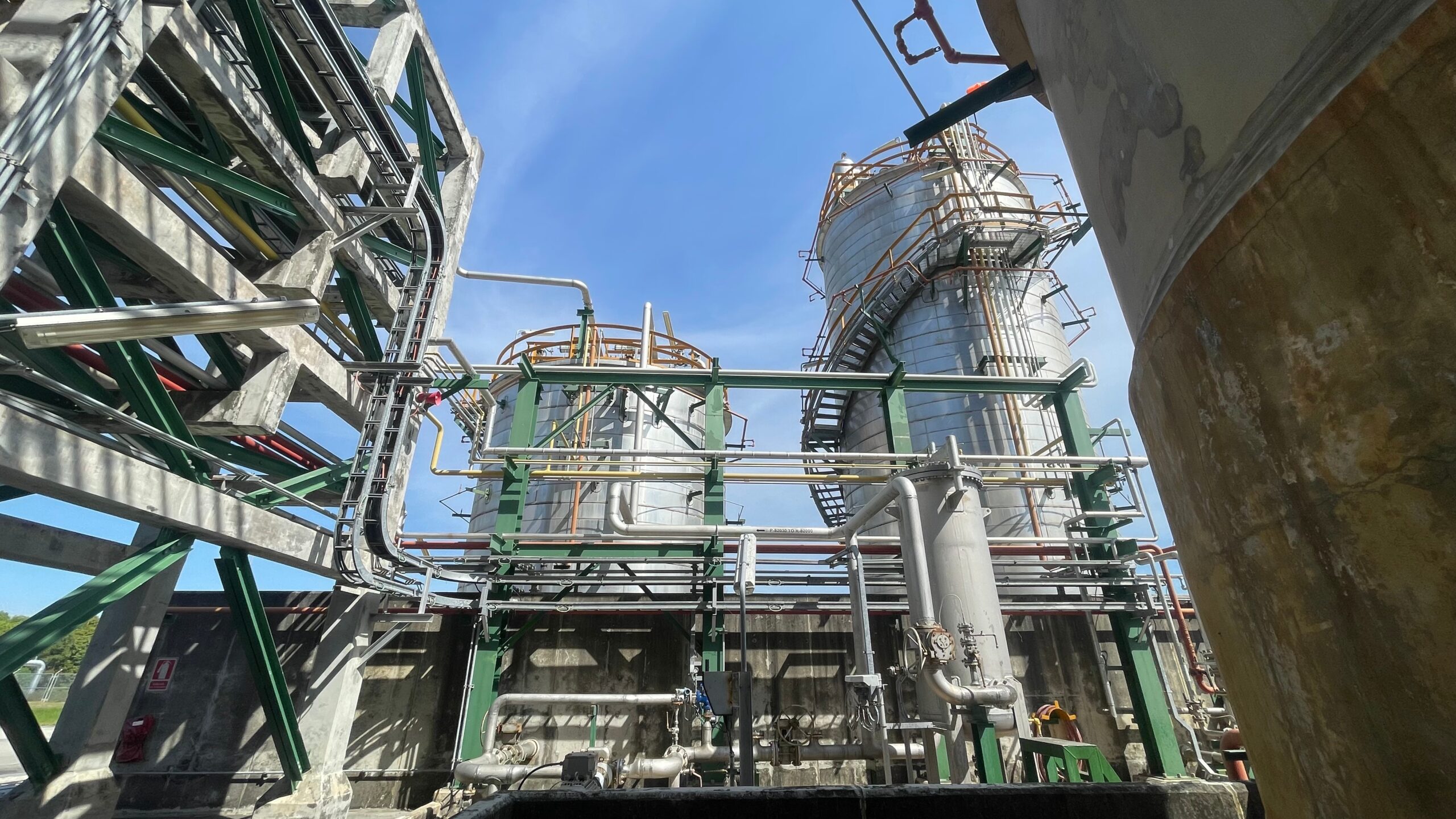
Table of Contents
Does Your Company Really Control Risk in Its Processes?
HAZOP team training: It’s not just another meeting with an auditor or a checklist for documentation purposes. It’s about genuinely understanding and managing risks before they become costly problems. Training your team in the HAZOP (Hazard and Operability Studies) method is more than a standard requirement—it’s a practical tool that transforms how projects are planned and executed.
Benefits of HAZOP Team Training
HAZOP provides teams with the ability to foresee and eliminate potential hazards while streamlining operational processes. A trained team can not only identify areas where deviations from design assumptions might occur but also effectively propose corrective actions. This enhances organizational control over projects, reduces the risk of costly errors, and improves operational fluidity.
Where Are the Real Savings?
HAZOP differs from typical risk analysis methods like DFMEA or traditional checklists because it is a standardized and thoroughly considered method developed by hundreds of engineers worldwide—professionals who have learned from their own mistakes and failures. Each stage of this analysis is based on real-world failure cases, projects that did not work as intended, and situations where neglecting a minor detail ended in disaster.
Moreover, HAZOP does not limit itself to assessing individual risks like DFMEA but analyzes deviations from design assumptions by asking specific questions: “What happens if the process starts late?” or “What are the consequences of a complete flow stoppage?” This approach not only captures obvious problems but also reveals unconventional risks that traditional analyses might overlook.
Savings stem from:
- Avoiding design phase errors – Early risk identification allows for corrections before issues escalate into costly rework.
- Limiting systemic risk – HAZOP considers interactions between system elements, preventing cascading effects where one component failure disrupts the entire line.
- Process optimization – The analysis highlights areas where procedures can be simplified, redundant investments avoided, or inefficiencies identified.
Thanks to its standardized structure, HAZOP ensures nothing is overlooked—even when the team faces innovative or extremely complex projects.
HAZOP Team Training: Process Safety
Can modern industry exist without real risk control? Every technology carries potential for development, but also risks that can lead to costly errors or disasters. Process safety is not just another legal requirement—it’s a conscious approach to risk management that protects lives, health, and company resources.
Events that seem unlikely can have enormous consequences. For instance, a malfunctioning valve in a chemical installation can result in hazardous substance leaks, leading not only to cleanup costs but also legal liability and reputational damage. In the energy sector, a cooling system failure can halt an entire power plant, generating millions in losses. In the gas industry, lack of overpressure protection can end in an explosion, threatening both infrastructure and employee lives.
Tools like HAZOP enable companies to anticipate these risks early—before they become real problems. Thus, process safety becomes not a burden but an investment for the future.
Savings Through HAZOP
One of the most common criticisms of safety analyses like HAZOP is their cost. However, the truth is that not conducting such an analysis can cost much more. A properly conducted HAZOP helps avoid numerous costly situations:
- Design rework
Any change made during construction or system operation not only increases costs but also causes delays. HAZOP analysis reveals potential problems during the design phase, allowing for corrections before errors become costly rework. - Minimizing downtime
Production downtimes are one of the largest operational costs in the industry. HAZOP identifies system weak points that could lead to failures and allows for appropriate safeguards before production halts. - Reducing the risk of fines and compensation
In regulated industries like chemicals or energy, any safety regulation violation can lead to financial penalties, and in extreme cases, plant closure. HAZOP helps meet legal requirements and minimizes the risk of such situations. - Avoiding large-scale disasters
In extreme cases, lack of proper safeguards can lead to catastrophic events like explosions, toxic substance leaks, or infrastructure damage. Such events incur enormous costs related to repairs, compensation, and reputation loss.
How Does the HAZOP Analysis Process Look?
To understand the effectiveness of the HAZOP method, it’s worth examining its process step by step. This analysis follows a structured procedure where an interdisciplinary team plays a crucial role. Each member brings their experience from various areas—from design to operation—ensuring a comprehensive view of the system under analysis.
- Establishing scope and objectives
The first step is to determine which system elements will be analyzed and what goals HAZOP aims to achieve. An example might be assessing a chemical transport pipeline for leaks, blockages, or uncontrolled pressure increases. - Dividing the system into parts
The analyzed system is divided into smaller sections, called study nodes. Each node represents a functional part of the system, such as a pump, tank, or heat exchanger. - Identifying deviations using keywords
The team uses keywords like “none,” “more,” “less,” “reverse” to identify possible deviations from the intended system operation. For instance, asking “what happens if the flow stops completely?” helps identify potential causes and effects of such a deviation. - Analyzing causes and effects
For each identified deviation, the team determines its causes, possible effects, and existing safeguards. At this stage, recommendations for additional safeguards or project changes are also formulated. - Documentation and final report
The analysis results are meticulously documented in HAZOP worksheets. The final report contains a detailed description of identified hazards, recommendations for corrective actions, and a risk assessment for each node.
This analysis structure allows for systematic and precise examination of complex systems, making HAZOP an indispensable tool in process safety management.
FAQ: HAZOP Team Training
Yes, HAZOP can be tailored to the scale and specifics of any company.
From a few days to several weeks, depending on the system’s complexity.
No, it complements methods like FMEA or FTA.
An interdisciplinary team trained in the methodology and familiar with the system under analysis.
Avoiding costly errors, minimizing risk, and ensuring regulatory compliance.
